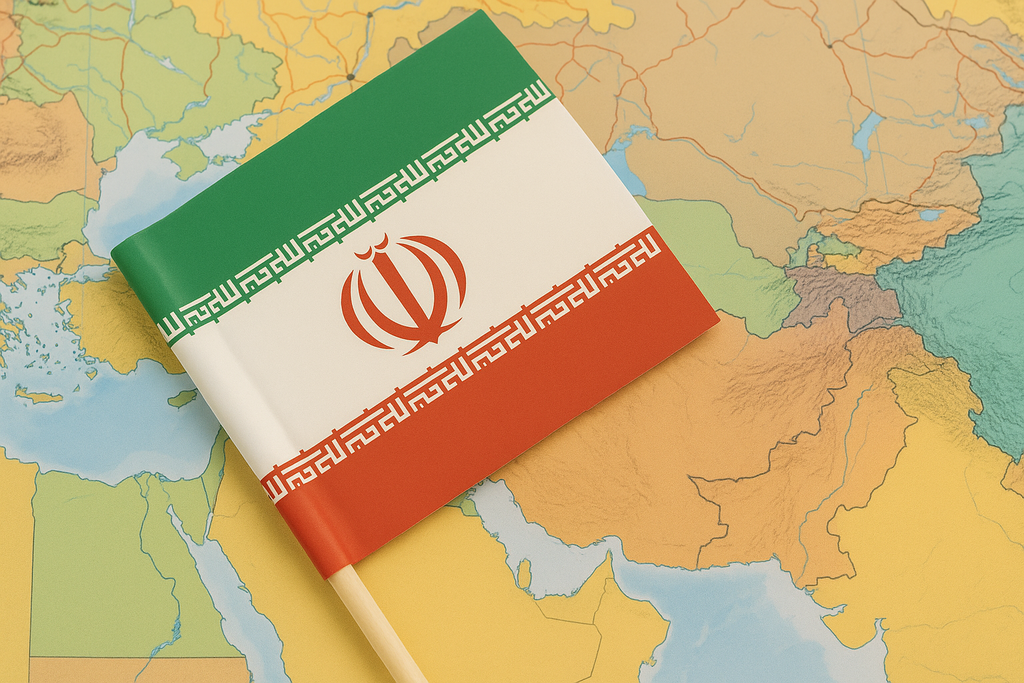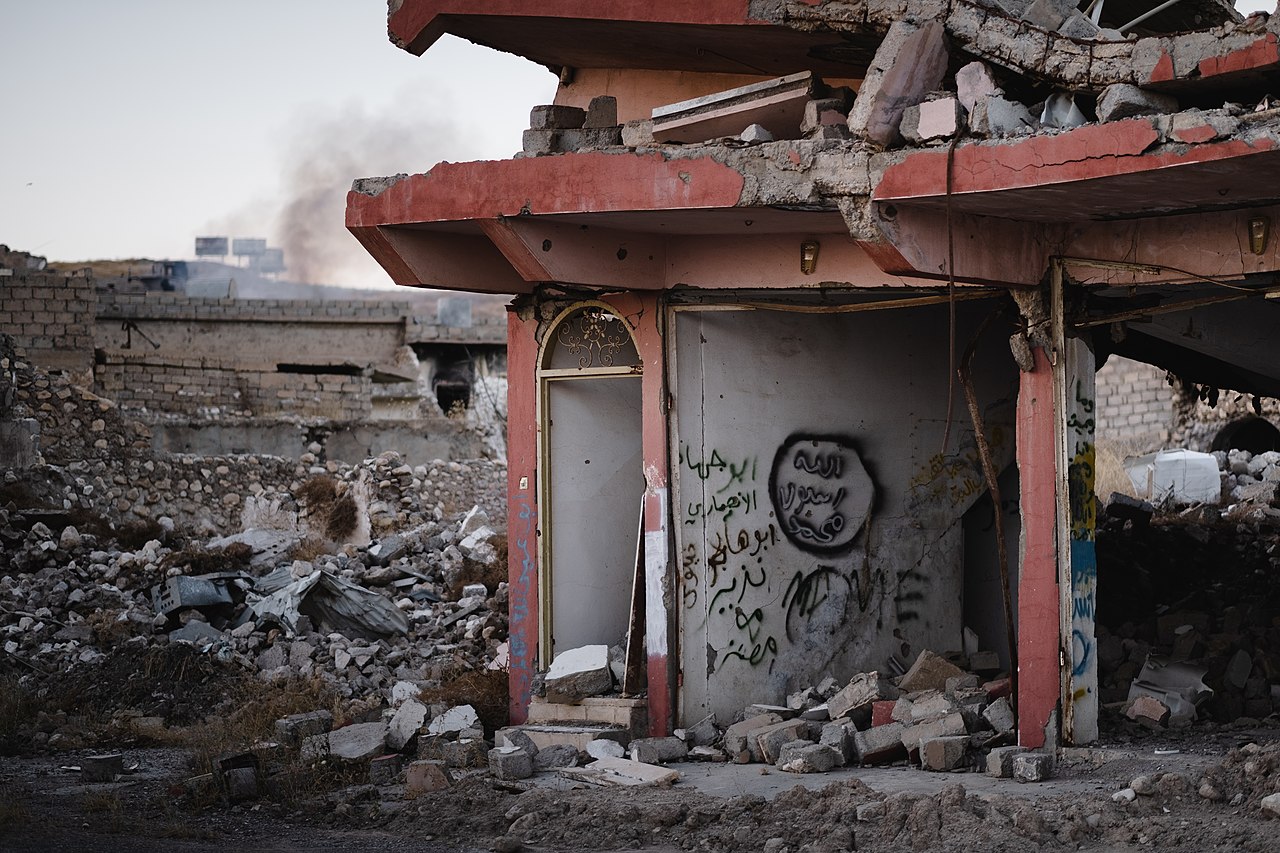Competing Visions for Iran’s Future

The dust had barely settled following the Twelve-Day Iran-Israel war in June 2025, when discussions about Iran’s political future intensified. Amid nationalist mobilization around the state and open calls for foreign intervention and regime change, reformist and oppositional circles began voices their visions once again. As a group of respected Iranian economists urgently pleaded for structural reforms, Mir Hossein Mousavi, leader of the 2009 Green Movement, advocated for a constitutional referendum. Meanwhile, Nobel Peace Prize winner Narges Mohammadi, along with 16 other key political activists, championed a “third way”, a grassroots option that sides with neither Israel nor the Islamic Republic of Iran (IRI). One question now looms large: can any of these visions break the IRI’s 46-year grip on power, or will internal divisions and state repression crush them all?
Structural Reforms to Save the Regime
In a bold statement, 180 economists and university professors sounded the alarm over a precarious shift in Iran’s governance paradigm. They underscored the “national cohesion” that surfaced during the recent Twelve-Day war, warning the government against the perils of continuing policies rooted in discrimination, injustice, and inefficiency. Pointing to the “heavy costs of war” and deep-seated structural crises in the economy, politics, and foreign relations, the signatories called for urgent fundamental reforms. They asserted that “preserving the territorial integrity and existence of Iran is non-negotiable.” Additionally, they advocated for a more open diplomatic approach and the internal cultivation of political trust through greater public engagement at home. Addressing rampant corruption and demanding the release of all political prisoners, they believe concrete steps must be taken to achieve these goals. As it is clear from this statement, the signatories do not call for deep structural change within the regime; rather, they seek reforms within the system. This can be interpreted as a call to save the regime by invoking nationalist sentiments and emphasizing “territorial integrity.”
Constitutional Referendum: An Ambiguous and Unfeasible Move
Mousavi asserted that the experience of the Twelve-Day war underscored the vital need to respect the right to self-determination for all citizens, highlighting that the current regime structure fails to represent the diverse voices of the Iranian populace.
In another statement, Mir Hossein Mousavi, leader of the 2009 Green Movement and former prime minister (1981–1989) under Iran’s first Supreme Leader, Khomeini, called for a referendum. He emphasized the unity among the Iranian people in response to Israeli aggression, but cautioned against misinterpreting this solidarity as an endorsement of the regime’s ineffective governance. Mousavi asserted that the experience of the Twelve-Day war underscored the vital need to respect the right to self-determination for all citizens, highlighting that the current regime structure fails to represent the diverse voices of the Iranian populace. He proposed that holding a referendum to establish a constitutional assembly would not only facilitate the realization of the people’s right to self-determination but also deter foreign adversaries from interfering in Iran’s internal affairs. In the meantime, he emphasized that, in the short term, prompt and symbolic actions—such as the release of political prisoners and changes in national media practices—are crucial. According to Mousavi, such a step is crucial for safeguarding the nation’s sovereignty and fostering a more inclusive governance model.
Mousavi’s call for a referendum has garnered support from hundreds of activists both inside and outside of Iran, including the People’s Mojahedin Organisation of Iran (MEK). In a written statement, over 800 activists expressed their endorsement of Mousavi’s initiative for a referendum. However, several crucial questions remain regarding Mousavi’s call.
Rather than addressing corruption or changing its oppressive stance toward the population, the state has shifted the blame onto migrants to distract the nation…
To begin with, there is ambiguity surrounding what the referendum would address, who would oversee it, and how it would be conducted. If Mousavi envisions reform within the existing Islamic governance, he overlooks a significant point: many people rallying and organizing around what broadly came to be known as the Jin, Jiyan, Azadî (“Women, Life, Freedom”) movement in the aftermath of the death of Jîna Amînî, a Kurdish woman, in custody, distance themselves from the state and its Islamist foundations. Many dissidents, particularly women and non-Persian groups, are not seeking refuge within the current governmental structure.
Moreover, the repressive measures against dissenting voices following the Twelve-Day war have accelerated rapidly. Reports indicate that at least 700 people were arbitrarily imprisoned on charges of collaboration with Israel. Rather than addressing corruption or changing its oppressive stance toward the population, the state has shifted the blame onto migrants to distract the nation, accusing Afghans of spying for Israel, which has led to the mass expulsion of those born and raised in Iran. According to reports, more than one million Afghans have been forcibly returned to Afghanistan in less than one month.
To many, the solution lies outside the existing system entirely.
Finally, any meaningful reform to the IRI’s structure would necessitate drafting a new constitution. A new constitution that could potentially address the diverse demands of all peoples would, however, fundamentally challenge its foundational ideology. Thus, if Mousavi’s call is for a referendum aiming to dismantle the 46-year-old theocratic regime, it would face a serious feasibility issue. How could such an authoritarian government be expected to initiate a self-destructive referendum?
While Mousavi’s referendum might gain traction, many see it as outdated. To many, the solution lies outside the existing system entirely.
A “Third-Way” Politics
The Twelve-Day war has moreover been taken as an occasion to express quests for alternatives beyond existing paradigms. On July 18, 2025, 17 civil and political activists issued a new statement entitled “No to Tyranny, No to War.” They called for a “third-way” politics, one that neither aligns with the ruling regime nor supports foreign military intervention. Instead, they advocate for a movement led by the people themselves, emphasizing peaceful civil resistance and democratic mechanisms based on solidarity and inclusivity.
This statement differs from the previous one in crucial ways. First, it openly rejects and dissociates itself from the regime. Secondly, it builds upon the path established by the 2022 movement, which highlighted the political subjectivity of women and civil society, fostering transnational grassroots solidarity. Thirdly, it aligns itself with the voices of marginalized nations in Iran, bearing the potential to build solidarity amongst the diverse peoples in the country.
It is worth mentioning that in the Kurdish context, the term “third way” is associated with an existing political and ideological legacy of Kurdish quests to build autonomous alternatives amid chaos and contradictions. Most Kurdish political parties, excluding the Kurdistan Freedom Party (PAK), which supports Israel, have explicitly or implicitly adopted such “third way” politics in the context of the new developments. These parties emphasize the agency of the people in determining their political future while condemning war and foreign aggression and rejecting the authoritarian rule of the IRI. For example, the Kurdistan Free Life Party (PJAK) and the Komala Party of Iranian Kurdistan have echoed sentiments similar to the “No to Tyranny, No to War” statement. During the Twelve-Day war, PJAK reiterated that “Freedom for Iran will come through the people’s democratic struggle and the ‘Jin, Jiyan, Azadî’ revolution.” Similarly, Komala called for a civil uprising against the regime while condemning the war.
By adopting a “third way”, there is potential to establish a democratic frontier under a unified banner, as has been imagined and expressed under the slogan Jin, Jiyan, Azadî.
Various women’s collectives and autonomous organizations, such as the Eastern Kurdistan Free Women’s Society (KJAR) echoed similar sentiments, stating that “The demands of the people, especially women, are not part of the agendas of either Israel or Iran.” They emphasized the importance of organizing and building grassroots strength in the pursuit of freedom for society, particularly for women.
By adopting a “third way”, there is potential to establish a democratic frontier under a unified banner, as has been imagined and expressed under the slogan Jin, Jiyan, Azadî. The recent forms of political resistance have shown the potential ability to unify diverse groups—nations, genders, religions, and classes—in Iran. The broad and inclusive nature of the slogan accommodates various demands within the country, forming a democratic signifier that challenges a regime weakened by internal and external crises.
Furthermore, such “third-way” path delinks itself politically from top-down authoritarian regime change agendas that monarchists have historically been advocating under Reza Pahlavi’s leadership. It resonates with many dissident voices, particularly among Kurdish communities and their political parties, fostering the possibility for a dialogue for democracy. Rojhelat (Eastern Kurdistan) has the potential to lead civil resistance against the regime, supported by a relatively well-organized Kurdish population with diverse political parties and connections to Kurdish movements in the wider region. Their subaltern position empowers them to forge transnational solidarity and lead political struggle within and beyond the borders of Iran.
Two major challenges, however, are the regime’s willingness and readiness to suppress any potential existential threat, and the fragmentation among the diverse peoples in Iran, as evidenced by the varied proposals addressing the country’s issues. The question remains: how can scattered collectives overcome state violence?
Rojin Mukriyan
Rojin Mukriyan is a PhD candidate in the Department of Government and Politics at University College Cork, Ireland. Rojin’s main research areas are in political theory and Middle Eastern politics, especially Kurdish politics. She has published articles in the Journal of International Political Theory, Philosophy and Social Criticism, and Theoria. Her research has thus far focused on the areas of Kurdish liberty, Kurdish statehood, and Kurdish political friendship. She has published many think tank commentaries and reports on recent political developments in eastern Kurdistan (Rojhelat), or north-western Iran. She has also frequently appeared on a variety of Kurdish and Persian language news channels. X account: @RojinMukriyan



